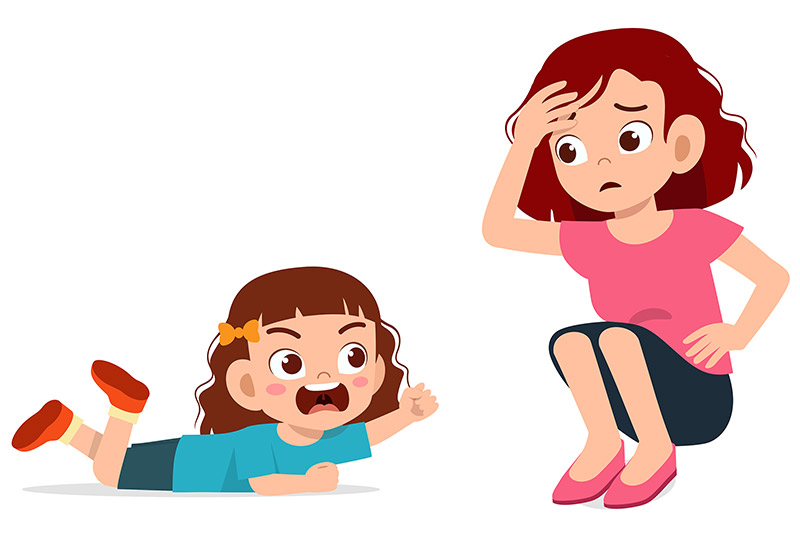*Information in this section was originally developed by a team that created a website for families focused on “raising deaf kids” (see About Us). The content may have been edited or updated.
Here are some questions a childcare center might have about helping a child who is deaf or hard of hearing (DHH) cooperate with others:
- Sometimes we need to discipline and teach children good behavior. How can we discipline and teach children who are DHH in positive and helpful ways?
- What happens if a child who is DHH cries and becomes upset?
Sometimes we need to discipline and teach children good behavior. How can we discipline and teach children who are DHH in positive and helpful ways?
- Children who are DHH use their eyes to get information. You can SHOW her good manners and the right behavior by example. When she's watching, tap another person's shoulder gently or get their attention in another way to ask for a toy. That way, she will know that she can get someone's attention by asking, not by grabbing the toy from someone's hands.
- She should NOT be treated as "special" and allowed to break the rules that are in place for all children.
- When she does not respond, she may not be ignoring or being difficult. She may not have heard you. Children who are DHH sometimes appear to "hear" because they respond to what they see during an activity.
What happens if a deaf child cries and becomes upset?
-
 Ask her parents how she is comforted. Let her know you're there to help and comfort.
Ask her parents how she is comforted. Let her know you're there to help and comfort. - Do not speak too loudly or talk too much. Comforting words will not get through to her if she is upset and crying. She may not be able to read your lips or face.
- Do not ask too many questions while she is upset. Look over the child's body. Make sure there are no cuts or injuries.
- Ask or sign to her, "What's wrong?" She can try to explain why she is upset.
- It may be helpful to take her into another calm place.
- Remember, she is a child like everyone else. Treat her with the same care as her peers.
- If she is ready to draw, her drawings may lead you to understand the problem. She can lead you to where the problem happened.